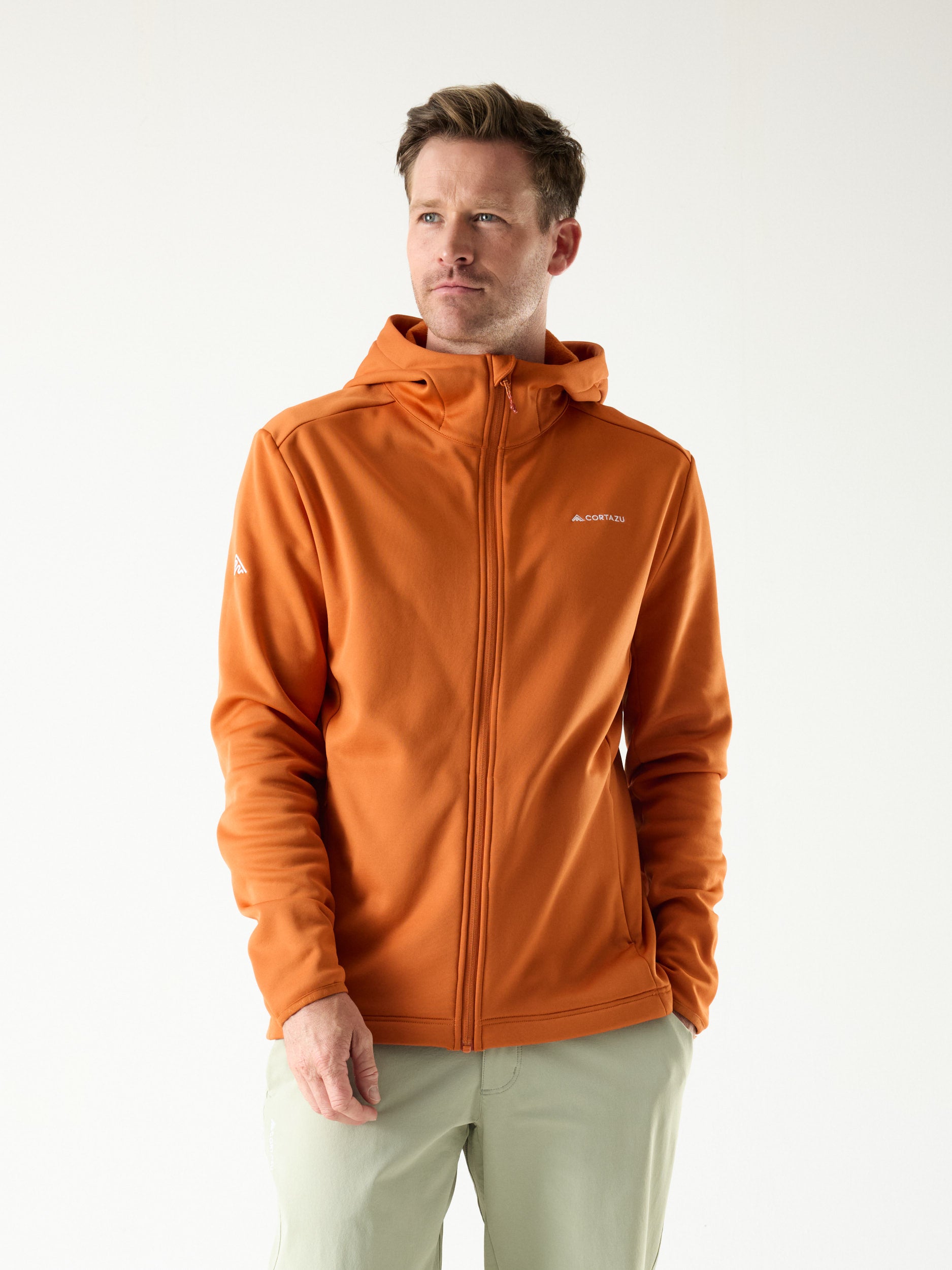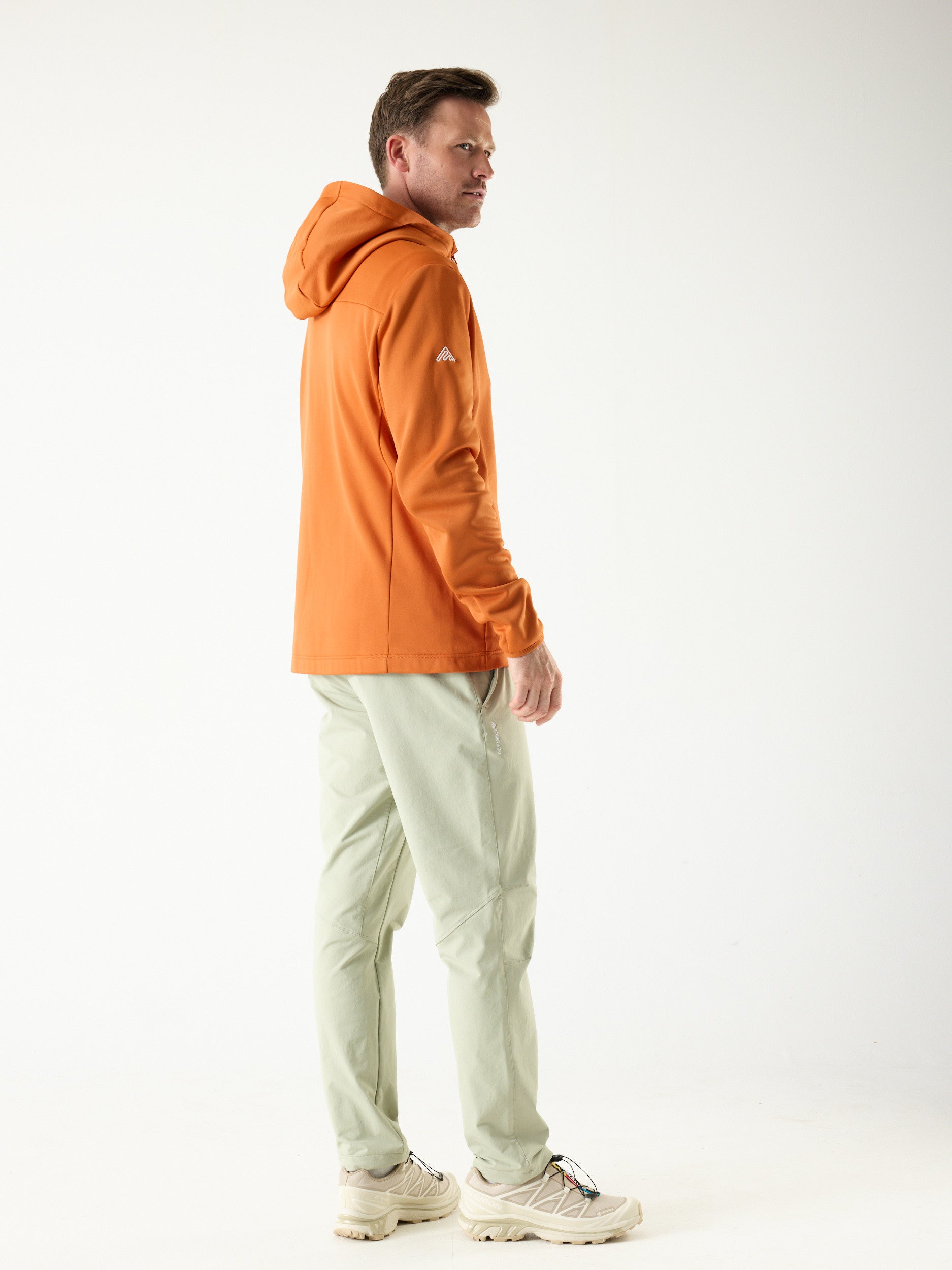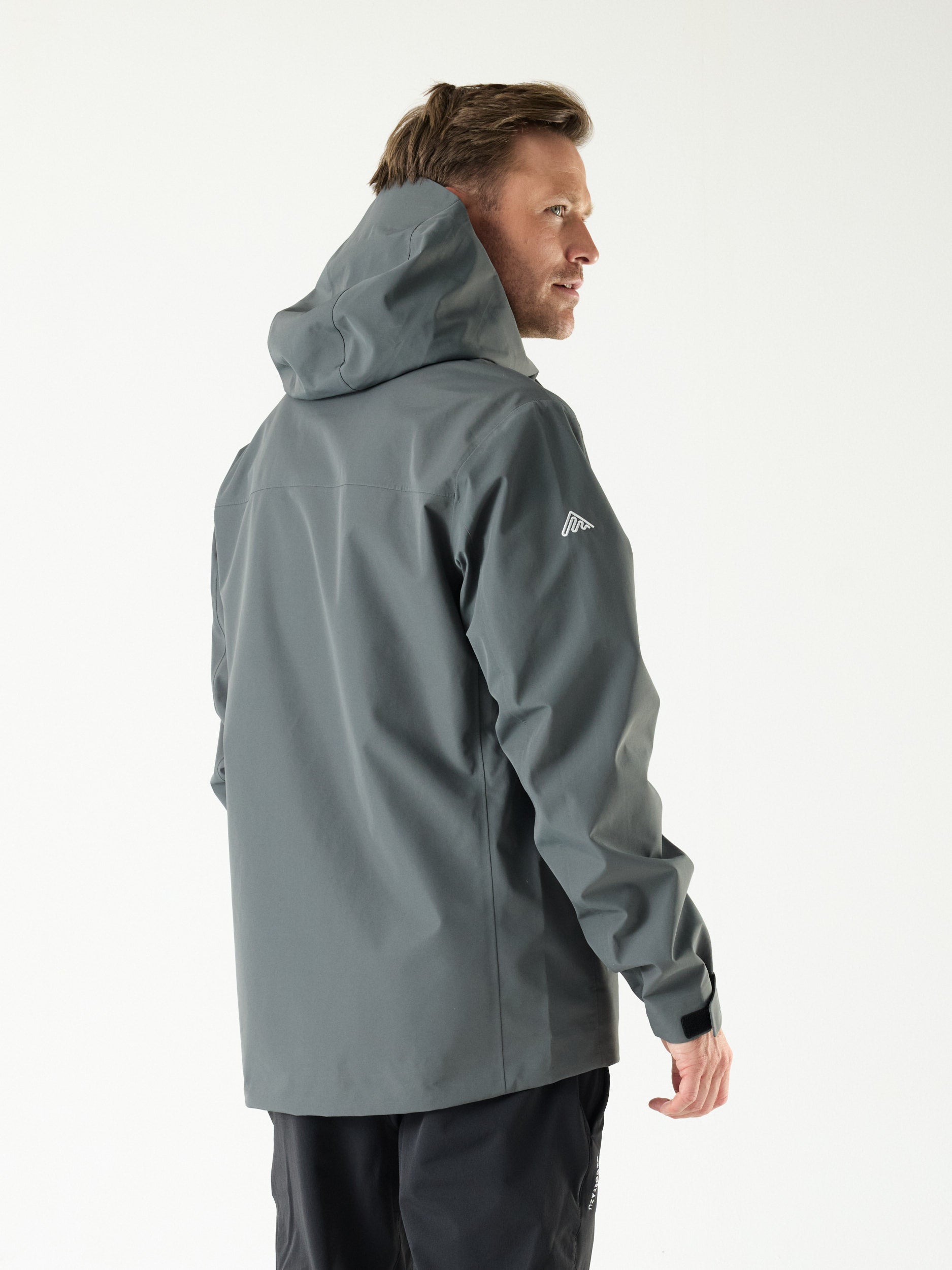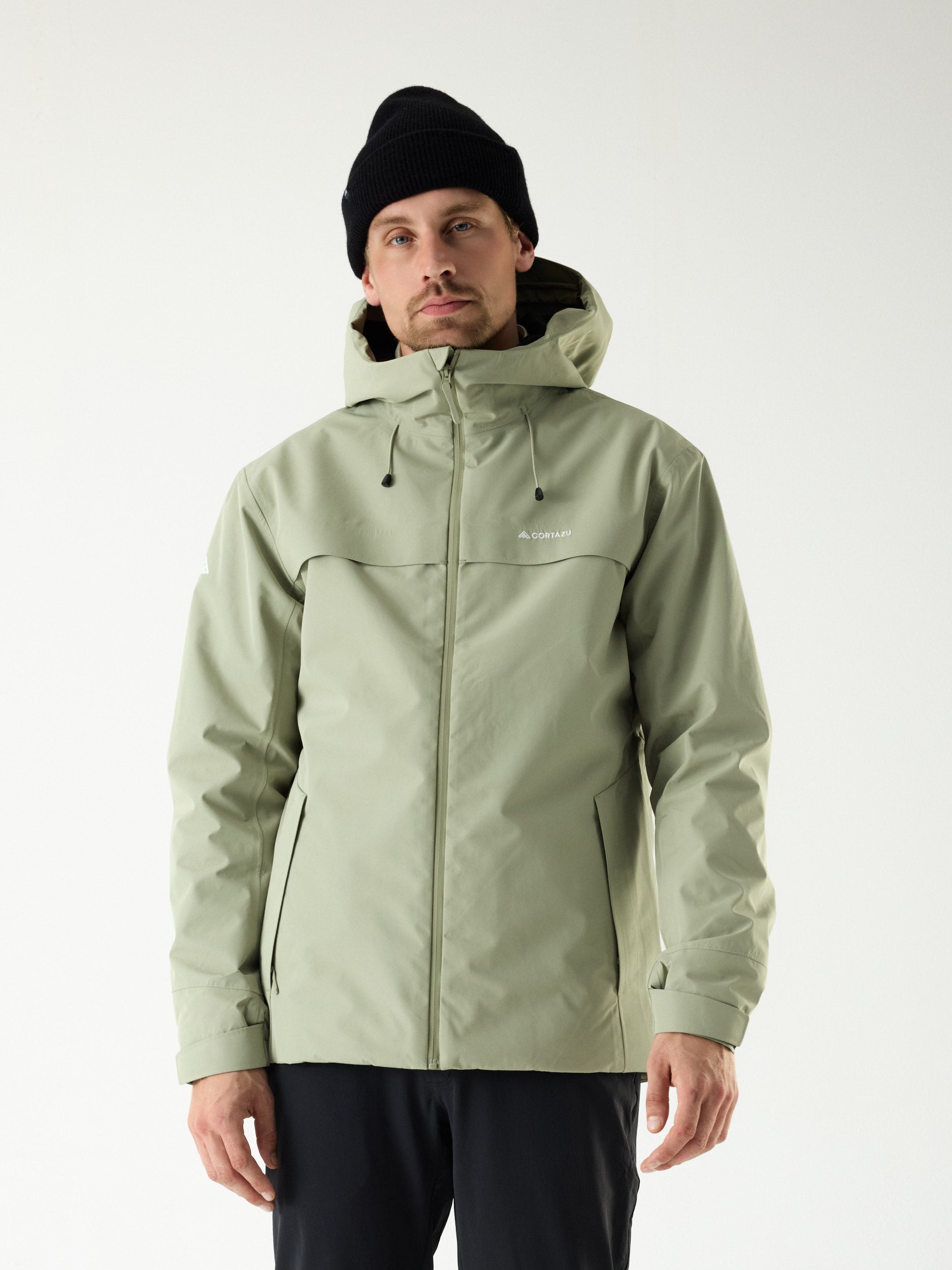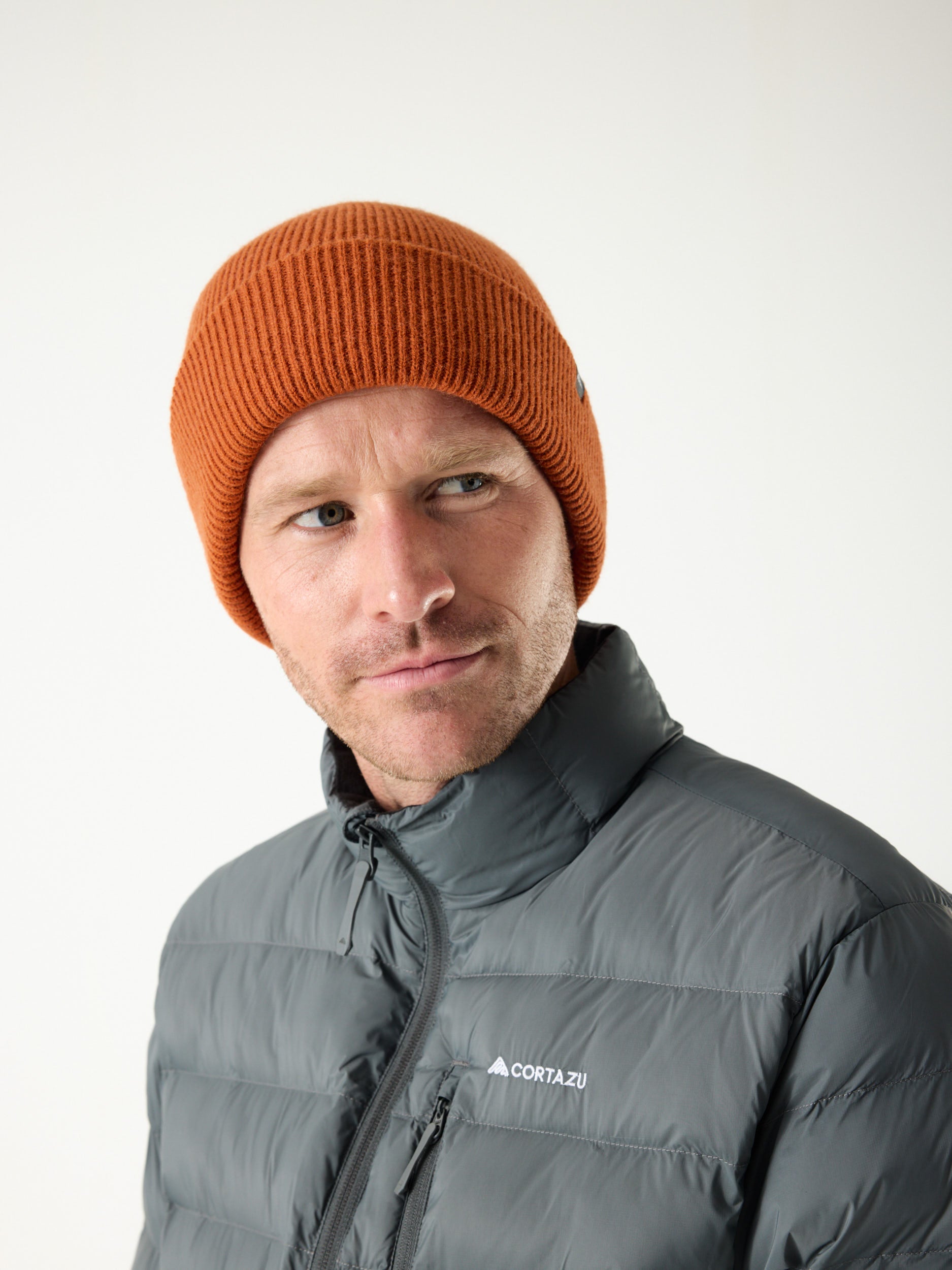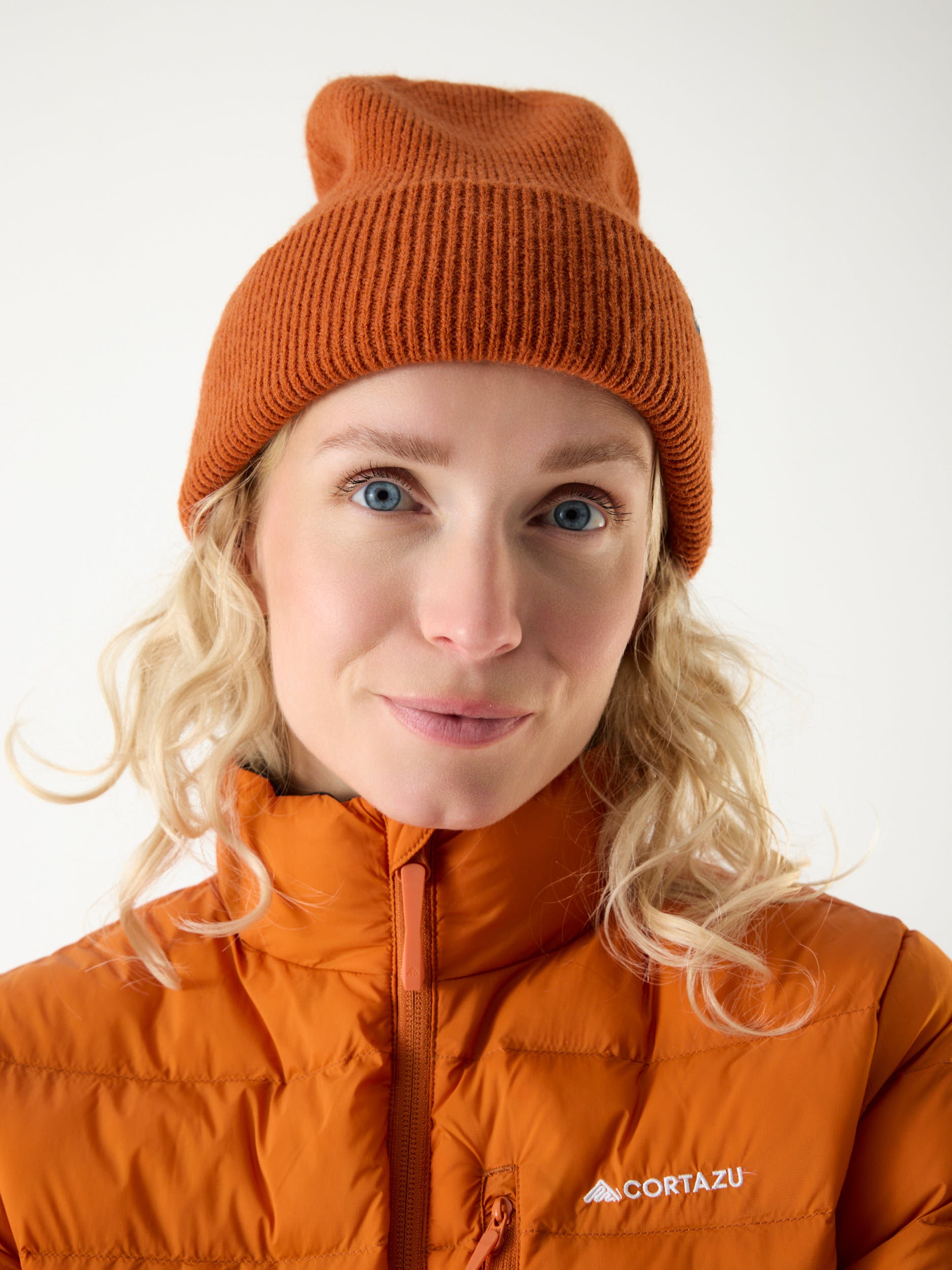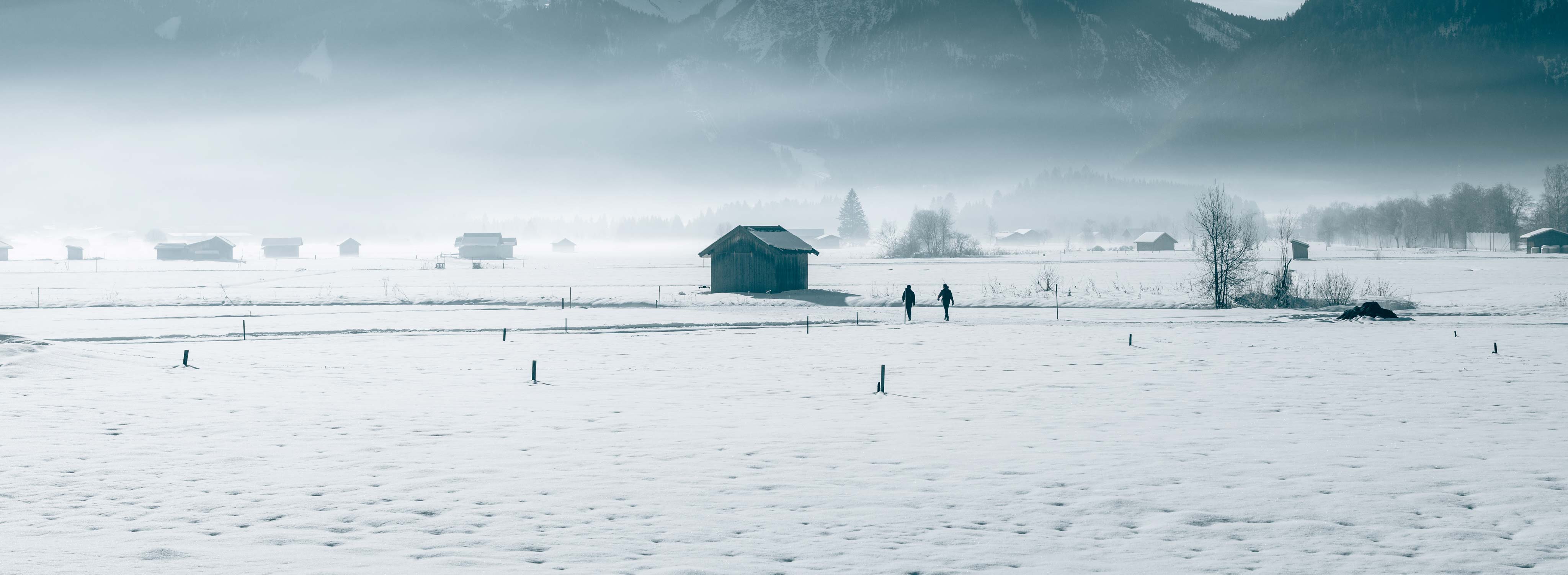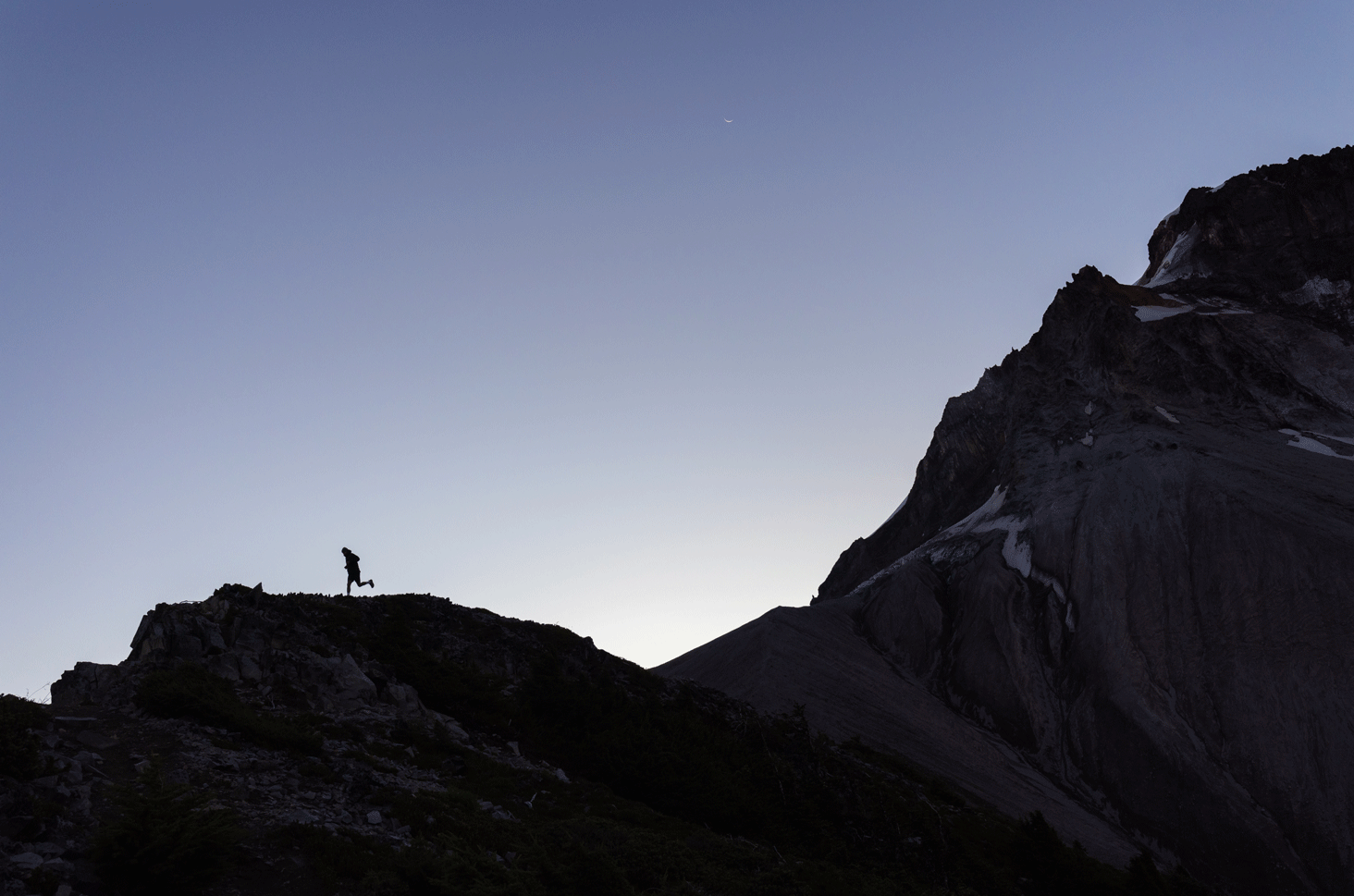When amongst your peers snowboarding in the mountains, you’ll often get the confusing question: what are you wearing? Most of the time, we know it’s something to keep you warm and dry, but how do you actually properly prepare yourself for the changing weather conditions in the mountains? Cortazu wants to help you with this, so next time you won’t feel puzzled by the decisions you’ll need to make when going out for your next ride.
The base layer: what is it?
It’s the first layer you wear onto your skin (besides underwear). Most of the time, it’s made from a fibre that helps to wick away moisture from your body, thus keeping you dry. Options for such base layers vary from lightweight (for warmer conditions) to heavyweight base (for extremer/coder conditions). Ultimately, you’ll want this layer to be quite snugly but not restrictive in movement or fit. When choosing a certain bade layer, the weather should be your main factor influencing your decision whether to go for a warmer or thinner option. Side note, do not opt for a cotton-made base layer as this fabric does not wick away moisture quickly and will start ‘leaking’ on your skin.
The middle layers
The mid-layer is the main garment that keeps you warm whilst on your board. Fleece jackets or a slightly insulated jacket can help you achieve this, whilst being also very versatile. It’s recommended to pick a piece obviously keeps your body warm. When it gets extremely cold, doubling up on mid-layers is a common strategy (e.g. a fleece, with an insulated mid-layer). To make it yourself easy, Cortazu offers the full range of Men’s mid-layer jackets and Women’s mid-layer jackets to get you started.

The top layers
Most commonly, your top layer will be a shell jacket. The layer everyone will see once on your board speeding down. Mainly, such a jacket is intended to keep you safe from the elements like water and wind. Like Cortazu’s Men’s snowboarding jackets and Women’s snowboarding jackets, most of these jackets are incredibly sturdy, made from technical materials and use some kind of membrane technology. In really cold conditions, an insulated shell jacket worn over your mid-layer could be an option to go for extra warmth.

Other things to consider while layering for snowboarding
Ultimately, you should always consider layering to your own needs. If you overheat easily, dress down and vice versa. Also, the weather, especially in the mountains is doomed to change rapidly. Using different materials as layers gives you the freedom to interchange and keep you warm or cooler if needed. Lastly, you should always put the fit of the layer first. If it doesn’t feel comfortable on your body, don’t get it. This is why we design and test all our products to ensure the layering and products by themselves are as comfortable as they get.

